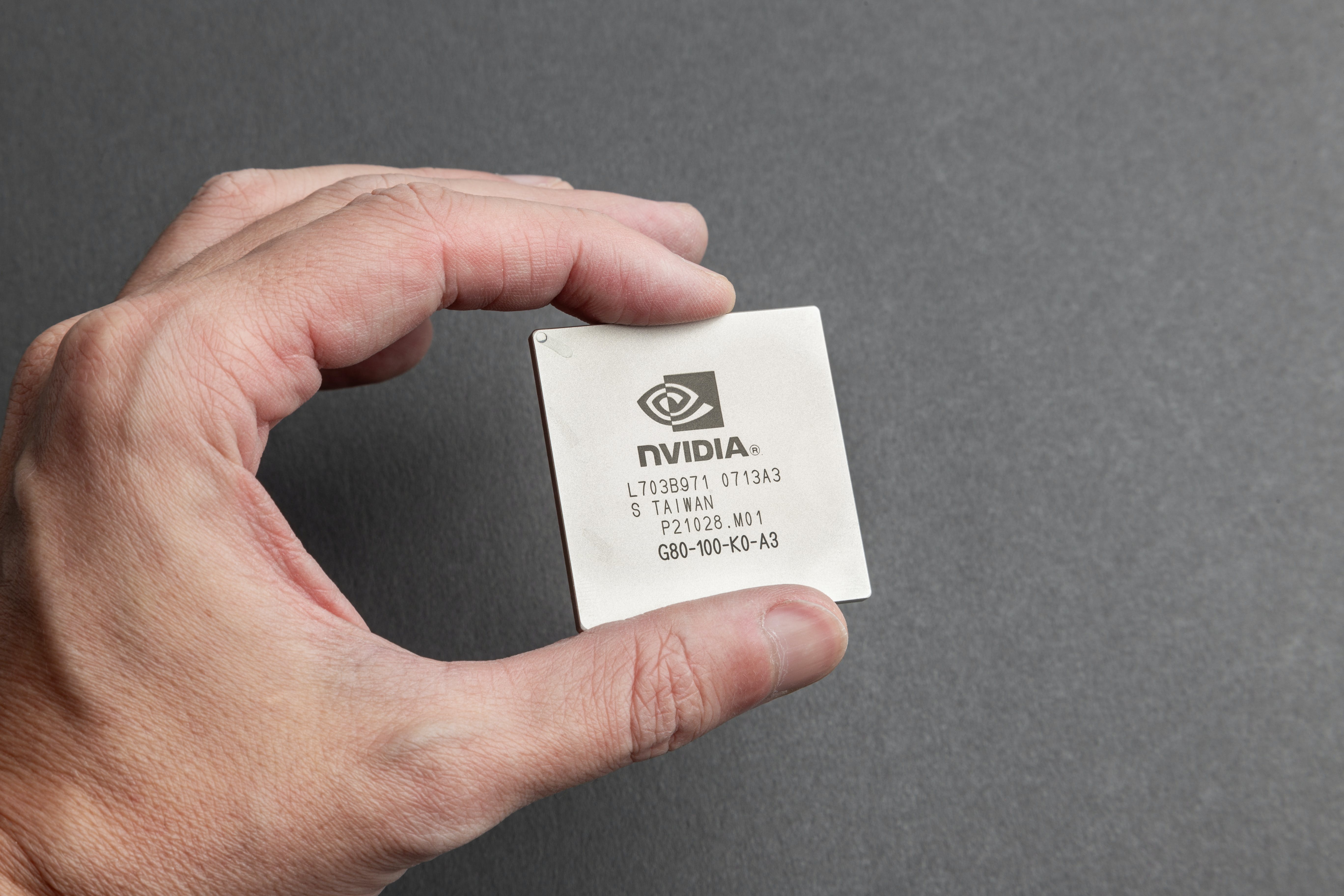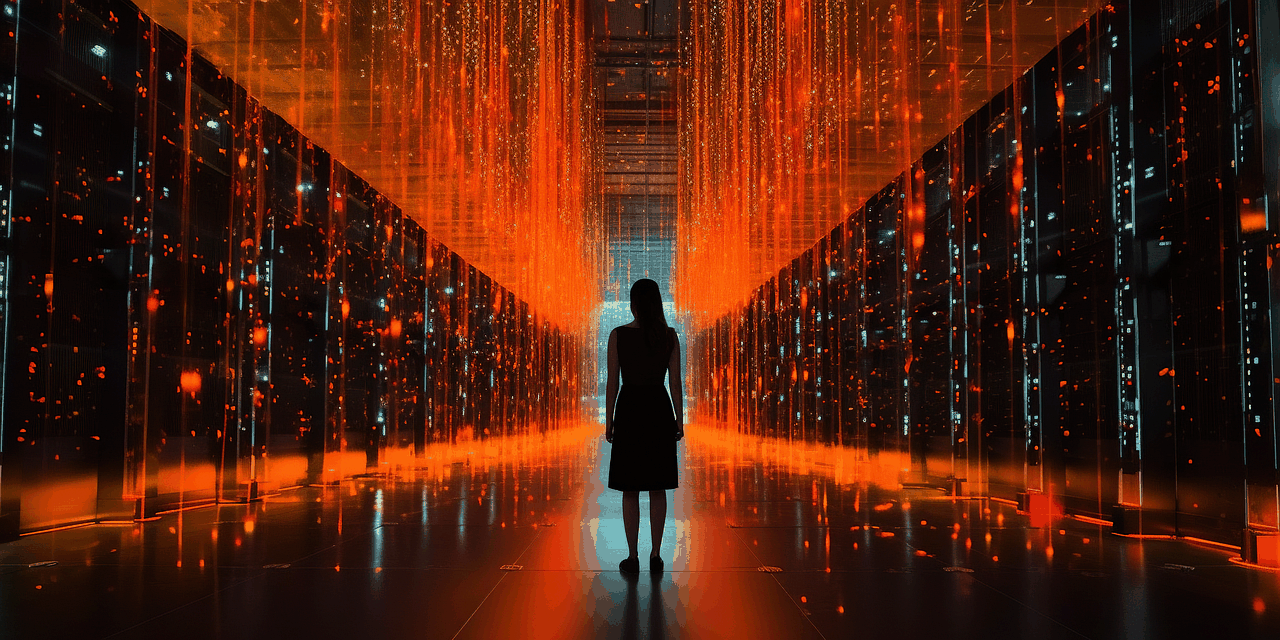The frontier of high-performance computing, where NVIDIA's Eos Supercomputer is changing the game. This marvel of technology pushes the boundaries of what's possible, creating new opportunities and insights in various fields. What makes the Eos Supercomputer stand out and how is it shaping the future of artificial intelligence and computing?
NVIDIA's Eos Supercomputer
NVIDIA's Eos Supercomputer is a powerhouse of computational performance, designed to accelerate scientific research, artificial intelligence development, and large-scale simulation tasks. With an impressive array of cutting-edge features, Eos stands at the forefront of supercomputing technology. Its capabilities are not just about sheer speed; they also include advanced data processing and energy efficiency, making it a beacon for future supercomputing developments. Whether it's climate modeling, genomic research, or AI training, Eos is crafted to deliver unparalleled performance.
The Technology Behind Eos

Eos stands as a colossus in the world of supercomputing, and its capabilities are grounded in some of the most advanced technologies NVIDIA has to offer. At its core, Eos leverages unparalleled processing power, robust data processing capabilities, and innovative cooling systems that allow it to perform at peak efficiency. The power behind Eos isn’t just brute force; it’s the result of meticulously engineered components working in perfect harmony.
Features that make Eos a supercomputer powerhouse
Among the myriad features that set Eos apart, several are key to its supercomputing prowess. Foremost is its use of NVIDIA's cutting-edge GPUs, which are specifically designed for high-performance tasks, ensuring rapid processing speeds that can handle complex computations and massive datasets with ease. Additionally, Eos boasts an incredibly high bandwidth, facilitating swift data transfer rates that are essential for high-speed computing tasks. Its advanced cooling system also ensures that even under heavy workloads, Eos operates efficiently without overheating, maintaining optimal performance at all times.
How NVIDIA's technology enhances high-performance computing
NVIDIA's technology ecosystem enriches Eos’s capabilities, bringing several enhancements to high-performance computing. The integration of AI and machine learning algorithms directly into the hardware architecture allows Eos to process and analyze data faster and more accurately than ever before. This makes it possible to tackle tasks that were previously unfeasible, due to limitations in processing speed and data handling. NVIDIA's CUDA technology also plays a pivotal role, providing a powerful platform for parallel computing that dramatically accelerates computational simulations and data analysis tasks, making Eos a vanguard of computational efficiency.
The role of artificial intelligence in Eos
Artificial intelligence is not just an add-on for Eos; it’s a core component of its operational ethos. AI algorithms are deeply embedded into the supercomputer's architecture, enabling it to learn from the data it processes. This capability allows Eos to optimize its operations, predict outcomes with incredible accuracy, and even develop new methods for solving complex problems. The role of AI in Eos signifies a shift towards more intelligent, adaptive supercomputing that can handle not just more data, but also more nuanced and sophisticated tasks.
Applications of Eos Supercomputer
The unparalleled capabilities of the Eos supercomputer open up new horizons across various fields, from scientific research to industry-specific applications. Its power and efficiency make it an invaluable tool for tackling some of the most challenging computational problems of our time.
Advancements in scientific research fueled by Eos
In the realm of scientific research, Eos has been instrumental in making groundbreaking discoveries. Its ability to process and analyze vast datasets in record time has catapulted fields such as genomics, climate modeling, and astrophysics into new territories. Researchers can now simulate complex biological systems, predict climate changes with unprecedented accuracy, and explore the mysteries of the universe in ways that were previously unimaginable.
Eos in data-intensive tasks and simulations
Eos’s ability to handle data-intensive tasks and simulations is unmatched. From complex financial models predicting market trends to large-scale simulations of automotive crash tests, its computational might ensures that even the most data-heavy tasks are completed efficiently and accurately. This capability is invaluable for industries relying on predictive analytics and simulations to make informed decisions and innovations.
Impact of Eos on various industries
The impact of Eos stretches across numerous industries, revolutionizing the way they operate. In healthcare, it is enabling personalized medicine by analyzing patient data at an unprecedented scale. In energy, it is improving efficiency in power generation and distribution. In automotive, it is accelerating the development of autonomous vehicles through sophisticated simulation and real-time data processing. The versatility and power of Eos make it a transformative tool, driving innovation and efficiency across fields, proving that the future of supercomputing is not just about speed, but about creating smarter, more adaptive solutions to the world’s most pressing challenges.
Performance Metrics of Eos
NVIDIA's Eos supercomputer is a behemoth in the realm of high-performance computing, setting new benchmarks and pushing the boundaries of what's possible. With its groundbreaking architecture and raw computational power, Eos has quickly become a talking point among tech enthusiasts and professionals alike. But, how exactly does it stack up against other supercomputers, and what are the real-world feats it can achieve? Let's dive in.
Benchmarking Eos against other supercomputers
Comparing supercomputers is a bit like comparing Olympic athletes—it's all about the numbers. Eos isn't just playing in the big leagues; it's setting new records. Its performance metrics, often gauged in FLOPS (floating-point operations per second), place it at the pinnacle of computational prowess. When matched against its contemporaries, Eos's capabilities in machine learning tasks, complex simulations, and data analysis aren't just impressive; they're transformative. It's not merely about being faster; it's about enabling breakthroughs in research and technology that were previously inconceivable.
Real-world performance examples showcasing Eos's capabilities
To understand the might of Eos, consider these examples. In the field of climate science, Eos has run simulations at unprecedented speeds, modeling decades of global weather patterns in mere days—a task that would take lesser systems months or even years. In the realm of artificial intelligence, it has accelerated the training of neural networks, cutting down the process from weeks to hours and enabling more complex, nuanced AI capabilities. These instances don't just highlight Eos's speed but its ability to handle intricate, data-intensive tasks with remarkable efficiency.
Future Developments and Innovations
NVIDIA isn't just resting on its laurels with Eos. The company has a vision for the future of supercomputing that involves continuous improvement and innovation. What's on the horizon for Eos, and how might supercomputing itself evolve in the coming years? Let's explore these intriguing prospects.
NVIDIA's roadmap for enhancing Eos's capabilities
NVIDIA’s strategic roadmap for Eos is as ambitious as the supercomputer itself. Short term, the focus is on upgrading its hardware with even more advanced GPUs and CPUs, enhancing its computational throughput. But the long game is more about innovation than incremental improvements. NVIDIA is looking into breakthroughs in quantum computing integration, energy efficiency enhancements, and novel cooling technologies that could redefine the scale and scope of supercomputing tasks Eos can handle. The objective is clear: to maintain Eos at the forefront of computational capability, pushing the envelope on what such machines can do for science, industry, and society.
Potential advancements in supercomputing technology
The future of supercomputing, influenced significantly by pioneering systems like Eos, could see a paradigm shift in several areas. One exciting prospect is the integration of artificial intelligence in managing and optimizing supercomputing resources, leading to self-learning systems that can execute tasks with unprecedented efficiency. Another is the development of new, sustainable energy sources for powering these behemoths, addressing the considerable environmental impact of running such powerful machines. We might also witness the democratization of supercomputing, with advancements making it more accessible for smaller research entities and companies, thus democratizing the power of high-performance computing.
NVIDIA's Eos isn't just a supercomputer; it's a beacon of what the future of computing looks like. With its astonishing performance metrics today and the visionary roadmap for tomorrow, Eos is poised to play a pivotal role in solving some of the most challenging problems mankind faces. As we look towards these future developments and innovations, one thing is clear: the realm of supercomputing is on the cusp of a new era, and Eos is leading the charge.







